Equipment
Ping introduces new face material with its G400 Fairways, Hybrids and Crossover
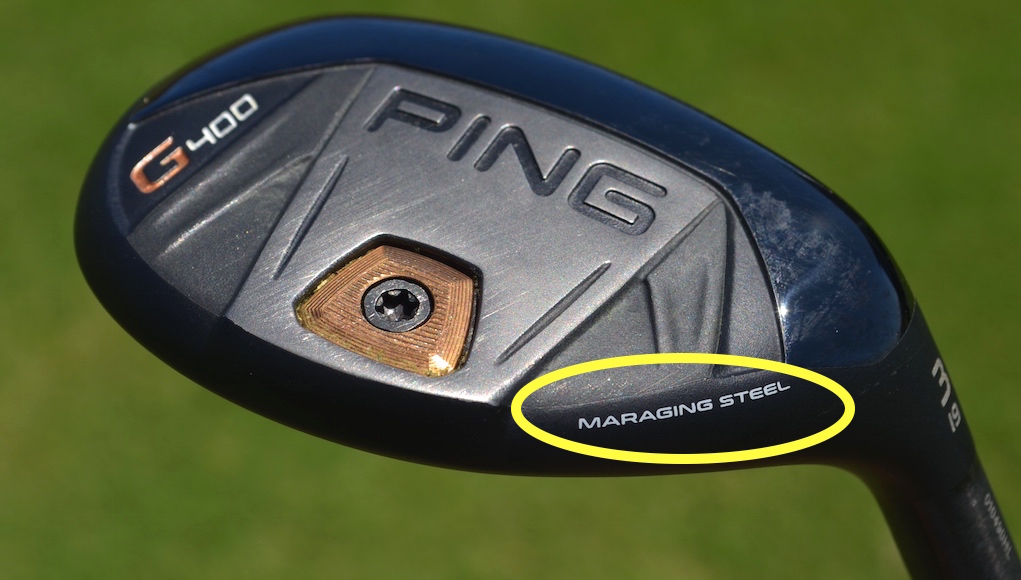
With its new G400 Fairway Woods, Hybrids and Crosscover, Ping has introduced an all-new face material that helps golfers ensure all the distance gaps are filled between their driver and longest iron. The new club faces are made from maraging steel, which is stronger and more flexible than the 455 carpenter steel that was used in the G line. The material change is said to make the clubs higher-launching, longer-flying and more forgiving across the board.
Ping is also offering more options than ever to help golfers get the right fit. The company is adding a 9-wood to the lineup, as well as 22-degree SFT fairway wood. In addition, Ping’s popular Stretch 3 and Crossover have undergone changes to enhance their strengths. The company has also found a way to reduce the common miss to the left with its lower-lofted hybrids. See how the changes have improved each of Ping’s new offerings below.
G400 Fairway Woods
With the new maraging steel face inserts in the G400 fairway woods, Ping is boasting some serious improvements over the G line. Let’s talk some numbers.
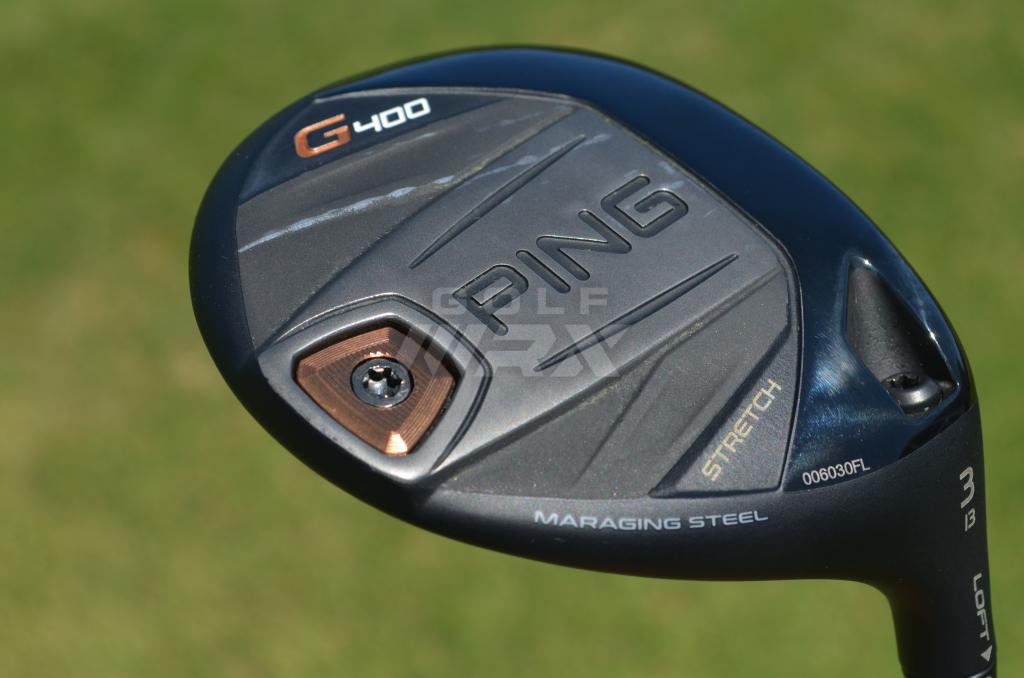
Since the new face material is lighter, Ping was able to save 6 grams from the face — that weight was distributed into the copper-colored, high-density weight on the back of the sole. According to Ping, the face is 28 percent thinner, 18 percent lighter and produces 30 percent more flex at impact. As such, Ping says these fairway woods have a 5 percent higher MOI (moment of inertia, a measure of forgiveness) and 2 mph more ball speed to create a higher maximum height. This all equals 7 yards more carry than the G fairway woods, according to Ping’s testing.
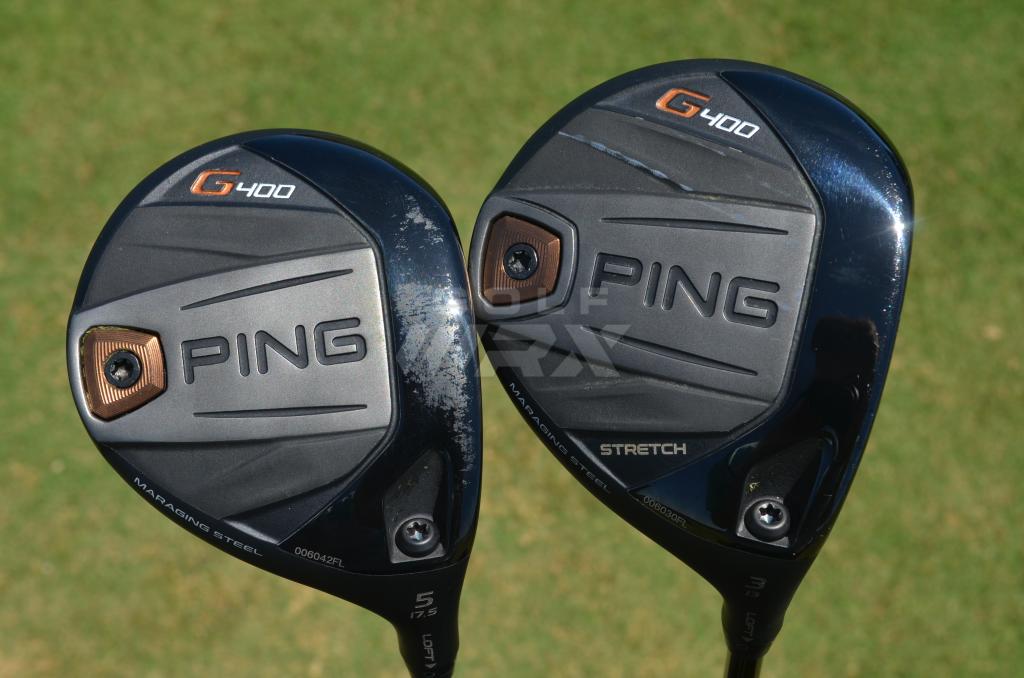
When purchasing fairway woods, however, golfers must think about the intended purpose of the club they’re buying. Do they want an alternative option off the tee, or a club to use from the turf to hold greens.
Ping’s G400 Stretch 3 fairway wood is like “a driver off the tee,” the company says. Compared to the pervious model, the club has been given an even deeper face and larger club head to produce the ultimate distance. Engineers have increased MOI by moving center of gravity (CG) deeper in the club head, which will also make it more forgiving.
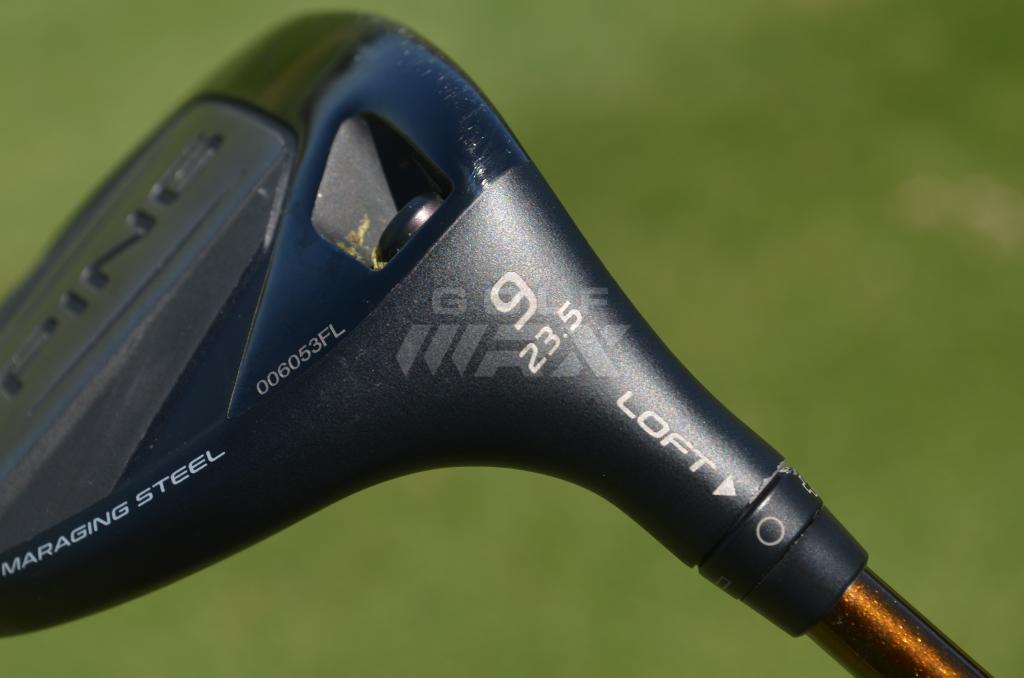
Ping has also introduced a new 9 wood (25 degrees), as well as a new 7 wood (22 degrees) with Straight Flight Technology (SFT) to help golfers hit the ball higher, and through SFT, reduce the likelihood of a slice.
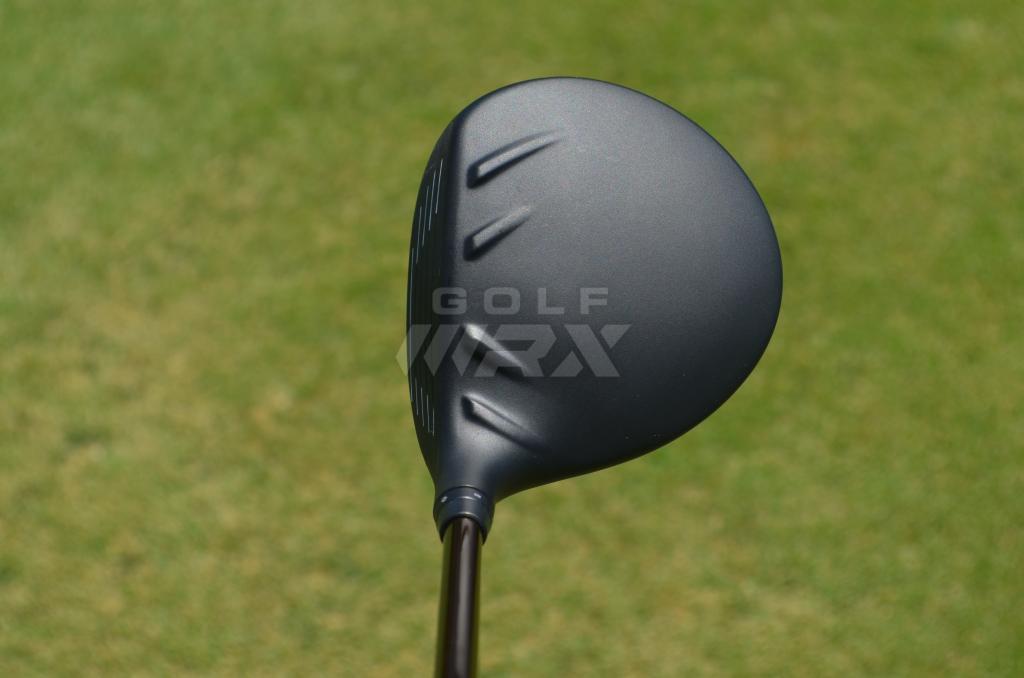
A look at Ping’s new SFT fairway wood from address
Ping’s G400 fairway woods will sell for $287.50 per club.
G400 Hybrids
The major concern with hybrids for a majority of better golfers is they can produce a hook. To offset this issue, Ping has made the lower-lofted hybrids in the G400 line more fade-biased by moving CG toward the toe. This will reduce the leftward miss, if not eliminate it, for many golfers who struggle with this problem. The higher-lofted hybrids, however, do not have this toe-ward CG, and therefore will remain easy to turn over. Ping reasoned that higher-lofted hybrids are most likely to be in the bags of higher-handicap golfers, who are likely to need help fixing a slice.
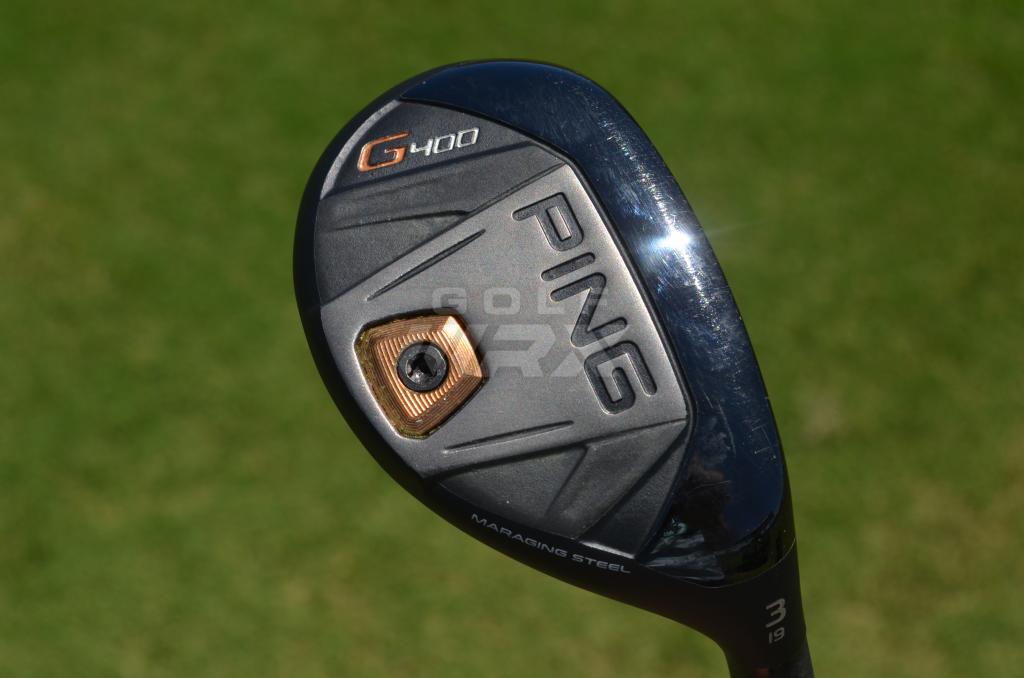
Like the G400 fairway woods, the G400 hybrids also have maraging steel face inserts. Specifically in the hybrids, Ping says the new material makes the face 11 percent thinner, 10 percent lighter and produces 35 percent more flex at impact. This leads to 2 mph more ball speed, a steeper trajectorym and therefore more stopping power, ultimately leading to 5 yards more carry in comparison to the G hybrids with the same lofts.
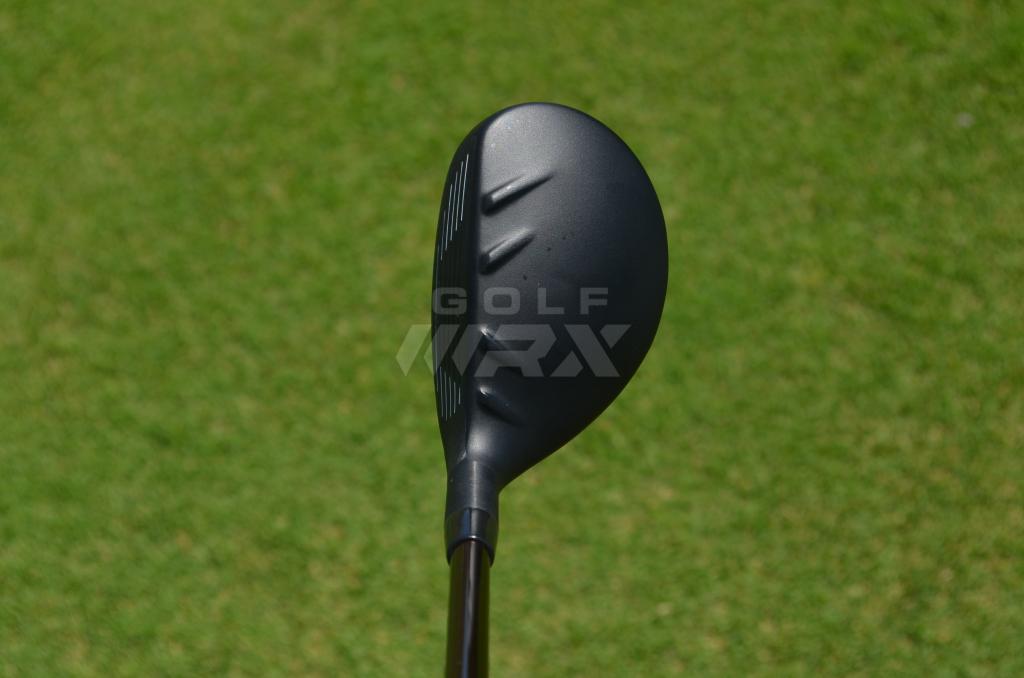
Compared to the G, the G400 hybrids also have a longer hosel that allows them to be lie-angle adjusted +/- 2 degrees, which improves fitting options. The G400’s new shafts are 0.370 inches in diameter instead of 0.355 inches in diameter.
Hybrid options include 2 (17 degrees), 3 (19 degrees), 4 (22 degrees), 5 (26 degrees) and 6 (30 degrees). They will sell for $247.50 per club.
G400 Crossover: “This is definitely not a driving iron”
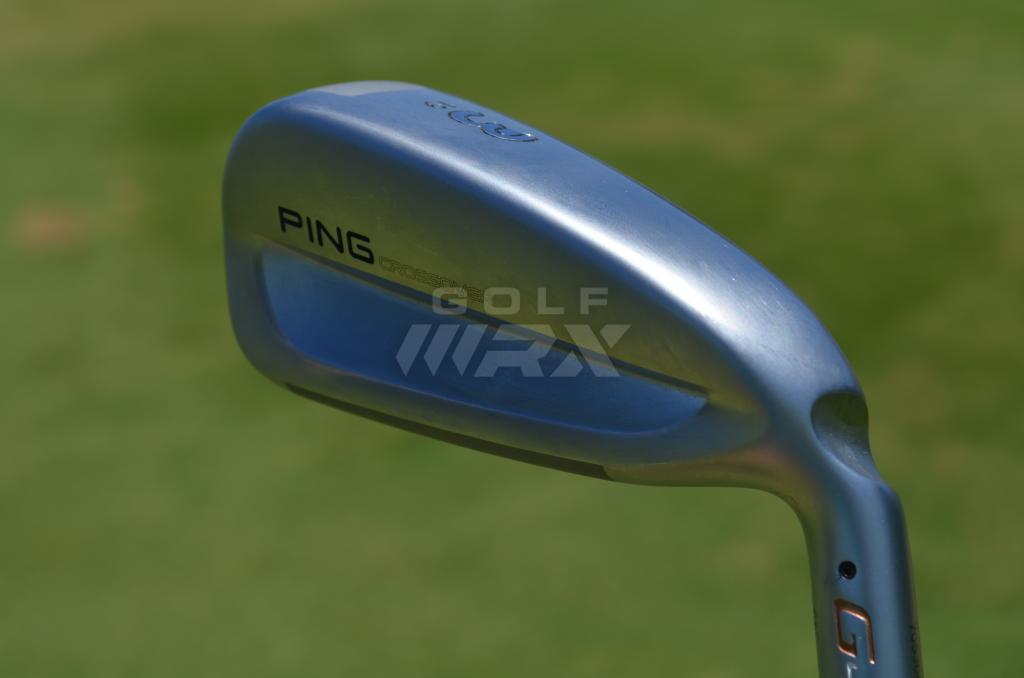
While some golfers may have seen the original G Crossover as a driving iron, Ping is fighting that label with the new design of the G400 Crossover. Through structural changes and its more flexible maraging steel face inserts, the G400 Crossover is higher-launching and higher-spinning than the original to better hold greens from the turf. According to Ping’s testing, golfers will see 20 percent higher launch and 500 rpm more spin.
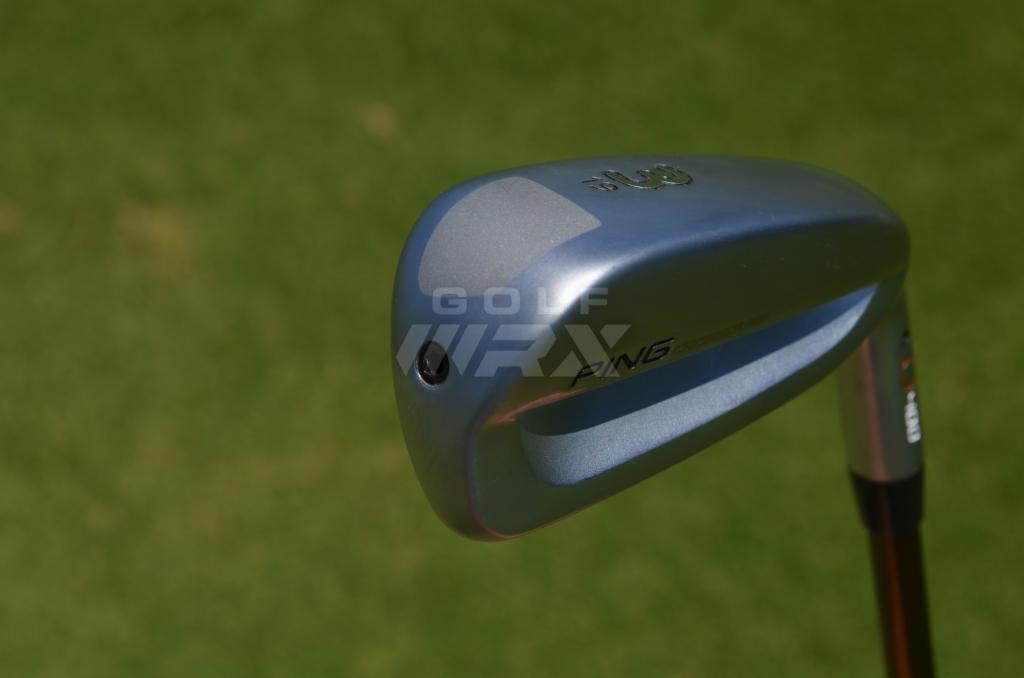
The tungsten weight that was in the toe-side of the sole in the G Crossover has also been moved farther toward toe, and it actually wraps around the contour of the toe. The placement of the high-density weight will help to center CG and ultimately produce a straighter flight than its G predecessor. The sole also has a bit more camber so that the club glides through the turf without digging; Ping says it’s comparable to the sole of a hybrid, rather than an iron. For an even more iron-like look, Ping has “slimmed down” the profile by an eighth-of-an-inch, and it has thinned out the top rail as well.
You may also notice a different finish compared to the original design. Unlike the Black PVD finish of the G Crossover, the G400 iron head is finished with Ping’s HydroPearl finish that helps repel water. This allows the face to better grip the golf ball in damp conditions, producing more consistency.
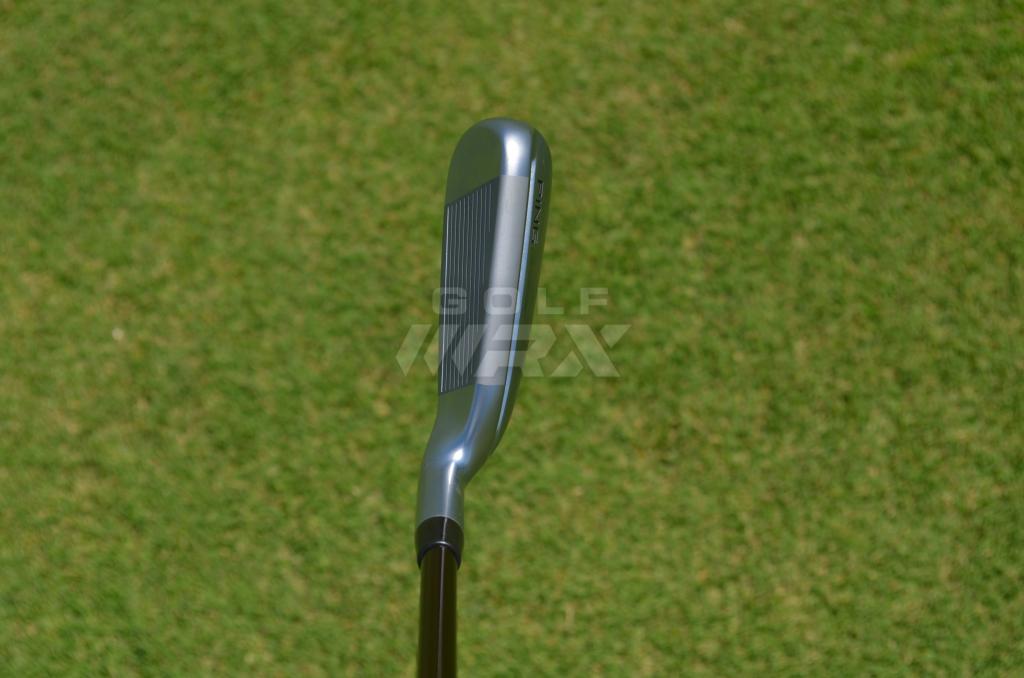
Available lofts for the Ping G400 Crossover include 3 (19 degrees), 4 (22 degrees) and 5 (25 degrees). They will sell for $247.50 per club.
Related
- Ping claims smaller is better with its new G400 drivers
- Ping aims to make golf “more fun” with its new G400 irons
Discussion: See what GolfWRX members are saying about Ping’s G400 fairways, hybrids and Crossover
- LIKE111
- LEGIT11
- WOW4
- LOL2
- IDHT1
- FLOP6
- OB2
- SHANK18
Whats in the Bag
Kevin Streelman WITB 2024 (April)
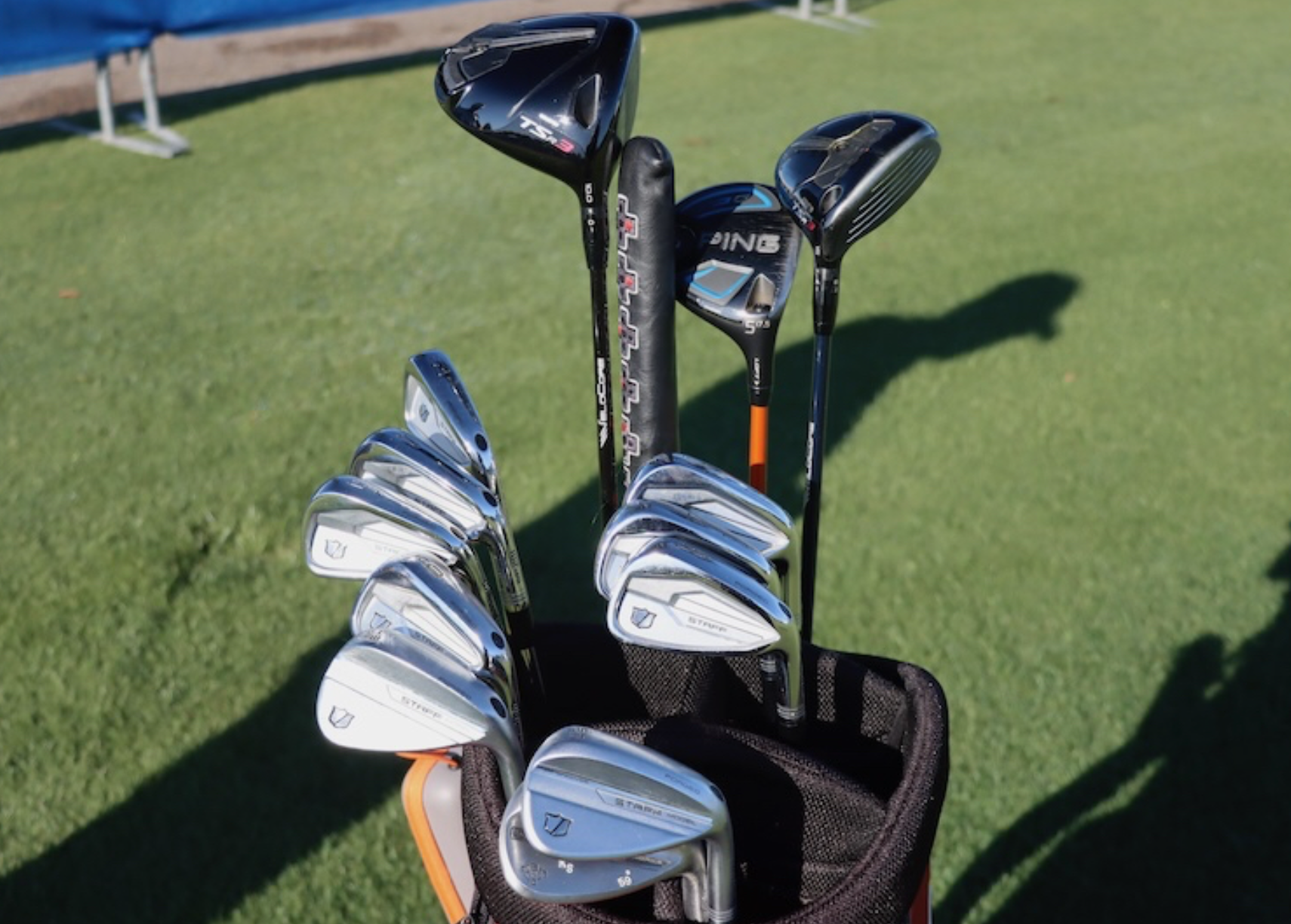
- Kevin Streelman what’s in the bag accurate as of the Zurich Classic.
Driver: Titleist TSR3 (10 degrees, D1 SureFit setting)
Shaft: Fujikura Ventus TR Black 6 X
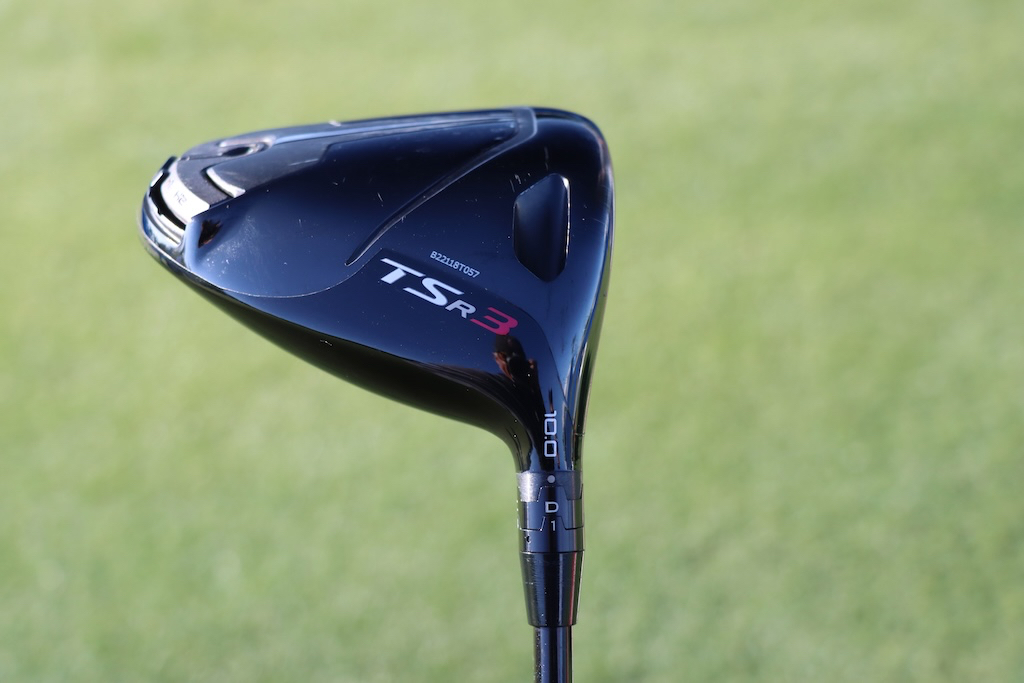
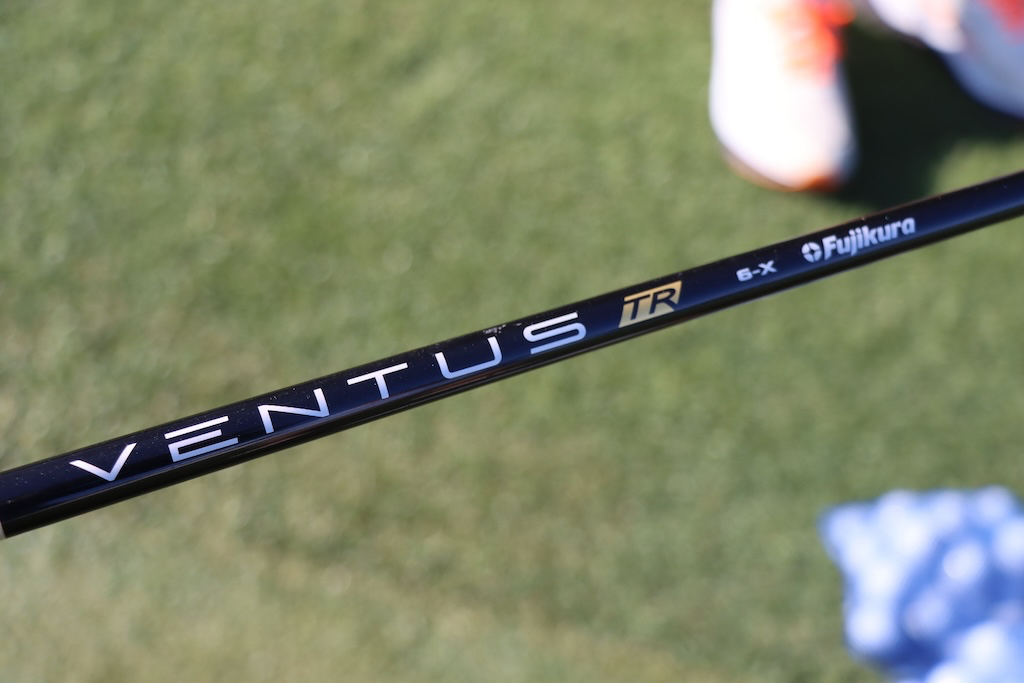
3-wood: Titleist TSR3 (15 degrees, A1 SureFit setting)
Shaft: Fujikura Ventus Blue 8 X
5-wood: Ping G (17.5 degrees)
Shaft: Graphite Design Tour AD DI 10 X
Irons: Wilson Staff Model CB (4-9)
Shafts: Project X 6.5
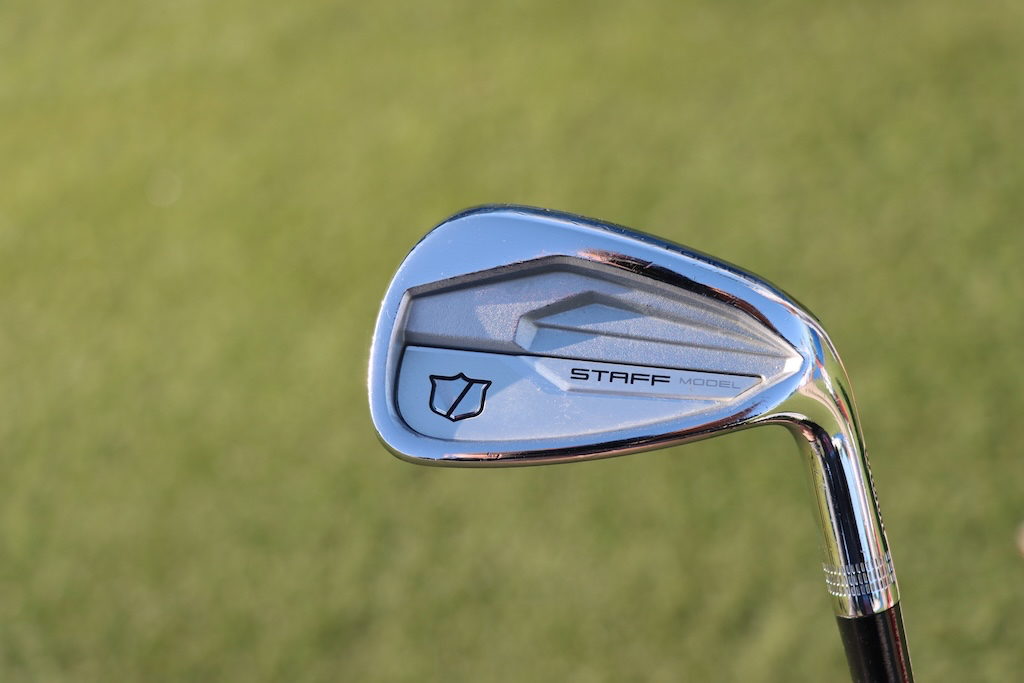
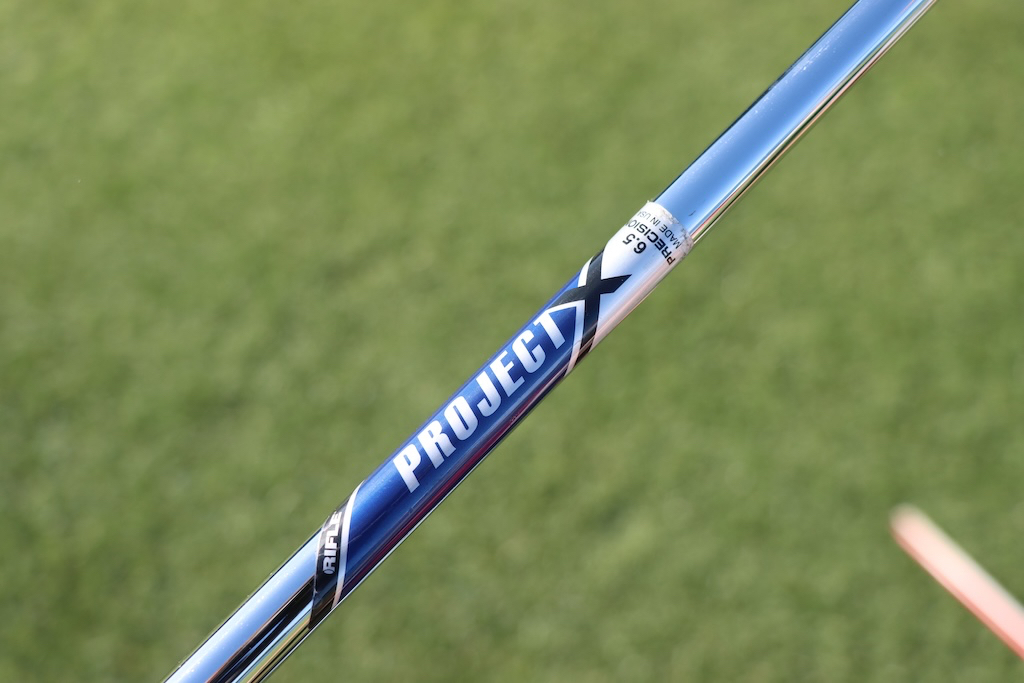
Wedges: Wilson Staff Model (48-08, 54-08), Titleist Vokey Design WedgeWorks (58-L @59)
Shafts: Project X 6.5 (48), True Temper Dynamic Gold Tour Issue S400 (54, 58)
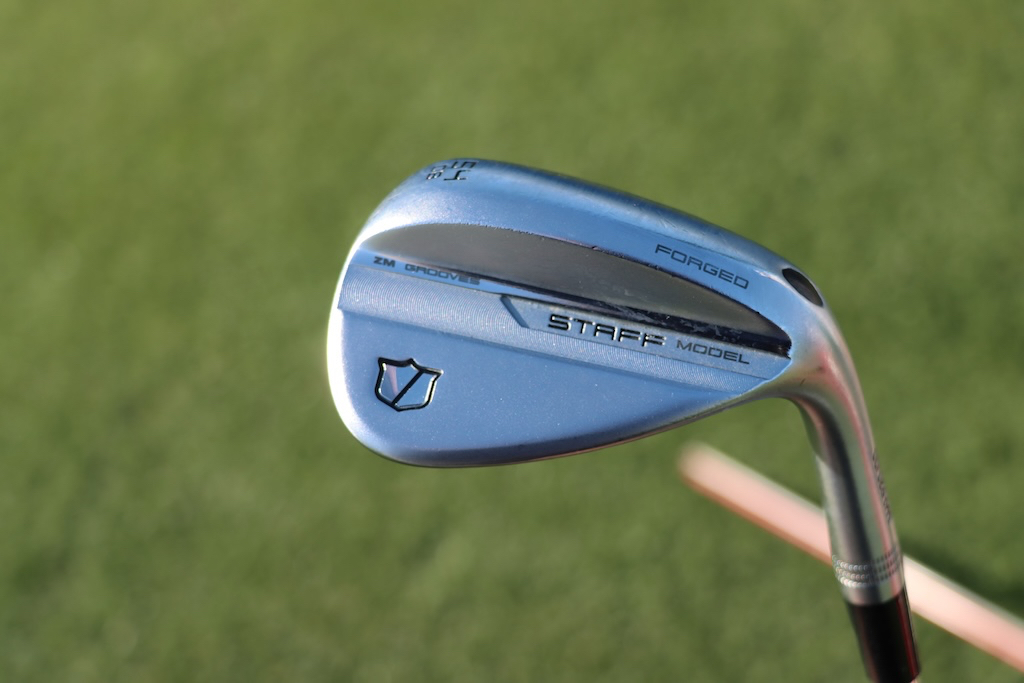
Putter: Scotty Cameron TourType SSS TG6
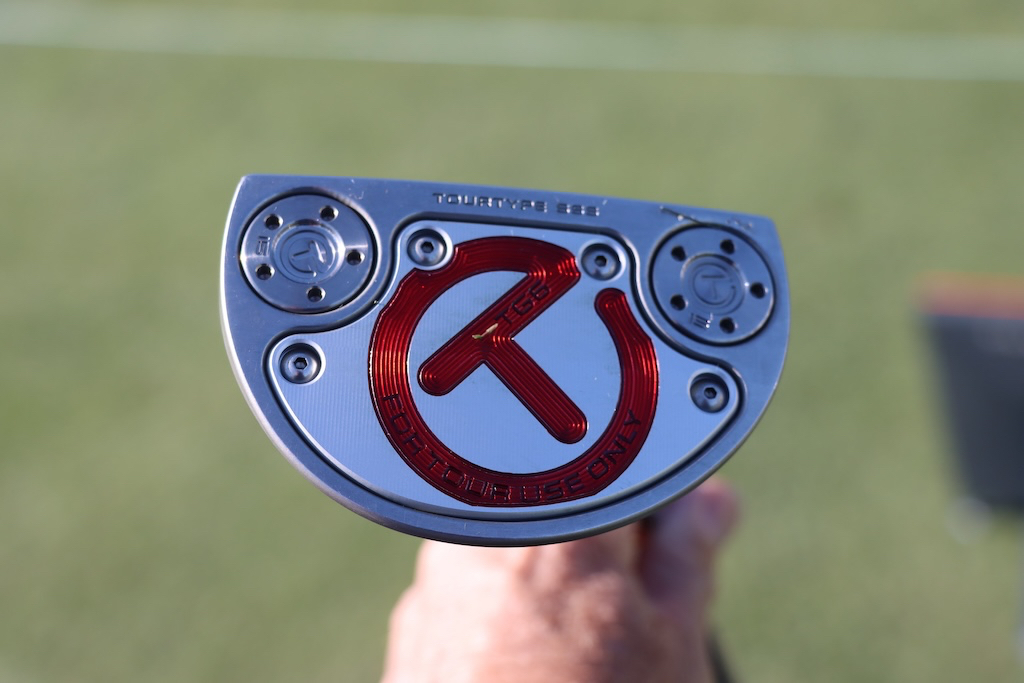
Grips: Golf Pride Tour Velvet
Ball: Titleist Pro V1x
Check out more in-hand photos of Kevin Streelman’s clubs here.
- LIKE1
- LEGIT0
- WOW0
- LOL0
- IDHT0
- FLOP0
- OB0
- SHANK0
Equipment
Choose Your Driver: Which 2012 driver was your favorite?
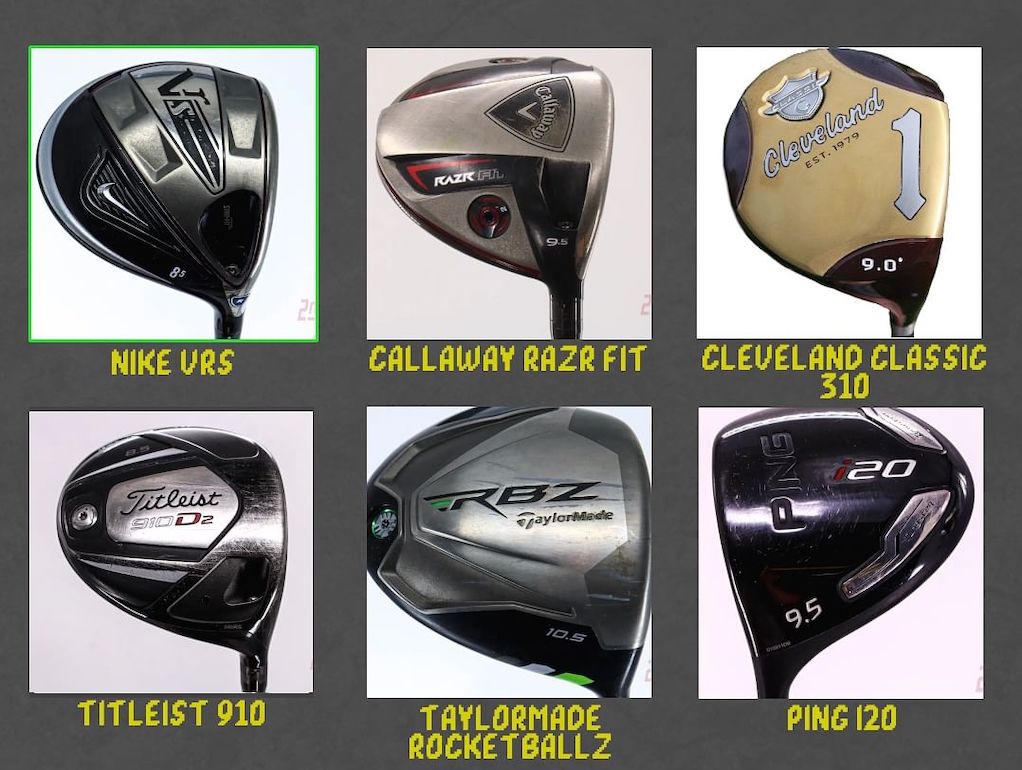
The year was 2012. Gangnam Style ruled supreme, its infectious beats and ludicrous horse-riding dance moves hypnotizing us with their stupidity. Everyone was talking about the Mayan calendar, convinced that the end of days was near. Superheroes soared on the silver screen, with the Avengers assembling in epic fashion. Katniss Everdeen survived The Hunger Games. And the memes! The memes abounded. Grumpy Cat triumphed. We kept calm and carried on.
In much the same way that automotive enthusiasts love classic cars, we at GolfWRX love taking a backward glance at some of the iconic designs of years past. Heck, we love taking iconic designs to the tee box in the present!
In that spirit, GolfWRX has been running a series inspired by arguably the greatest fighting game franchise of all time: Mortal Kombat. It’s not “choose your fighter” but rather “choose your driver.”
Check out some of the standout combatants of 2012 below.
View this post on Instagram
Nike VRS
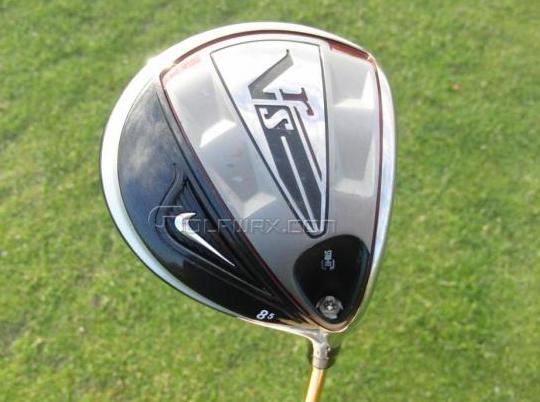
Often harshly critiqued during its years releasing golf equipment (right, Phil Mickelson?), Nike’s tenure in the club-and-ball business gets a gloss of nostalgic varnish, with many of its iron and putter designs continuing to attract admirers. Among the company’s driver offerings, the 2012 VRS — or VR_S, if you will — drew high marks for its shaping and toned-down appearance. The multi-thickness, NexCOR face was no joke either.
Check out our coverage from 2012 here.
Callaway RAZR Fit
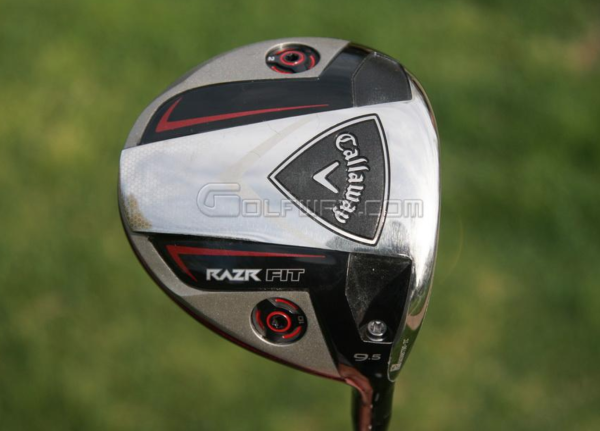
Callaway’s first foray into moveable weight technology (married with its OptiFit hosel) did not disappoint. With a carbon fiber crown, aerodynamic attention to detail, and variable and hyperbolic face technologies, this club foreshadowed the tech-loaded, “story in every surface” Callaway drivers of the present, AI-informed design age.
Check out our coverage from 2012 here.
Cleveland Classic 310
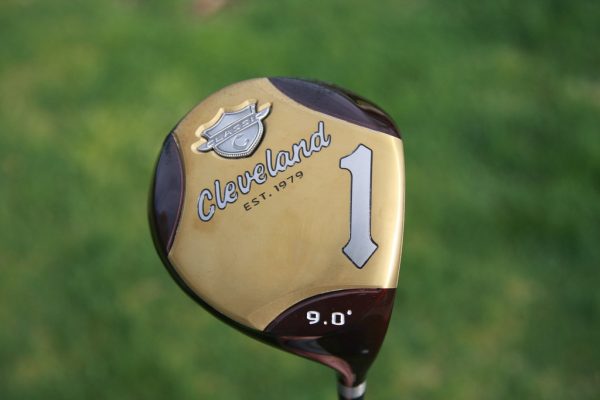
Truly a design that came out of left field. Cleveland said, “Give me a persimmon driver, but make it titanium…in 460cc.” Our 2012 reviewer, JokerUsn wrote, “I don’t need to elaborate on all the aesthetics of this club. You’ve seen tons of pics. You’ve all probably seen a bunch in the store and held them up close and gotten drool on them. From a playing perspective, the color is not distracting. It’s dark enough to stay unobtrusive in bright sunlight…Even my playing partners, who aren’t into clubs at all…commented on it saying it looks cool.” Long live!
Check out our coverage from 2012 here.
Titleist 910
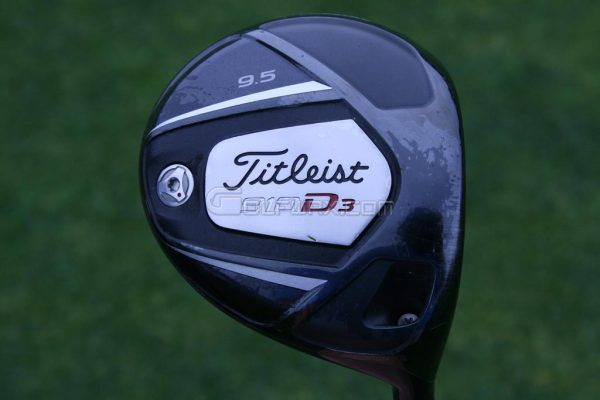
While there’s no disputing Titleist’s “Titleist Speed” era of drivers perform better than its 2010s offerings, sentimentality abounds, and there was something classically Titleist about these clubs, right down to the alignment aid, and the look is somewhere between 983 times and the present TS age. Representing a resurgence after a disappointing stretch of offerings (907, 909), The 910D2 was a fairly broadly appealing driver with its classic look at address and classic Titleist face shape.
Check out our coverage from 2012 here.
TaylorMade RocketBallz
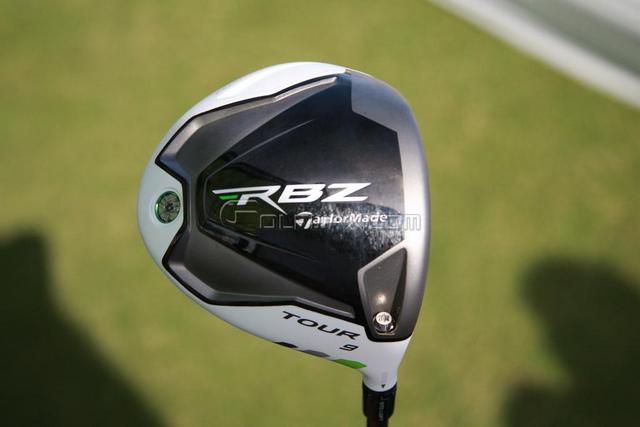
The white crown. The name. You either loved ‘em or you hated ‘em. TaylorMade’s 2012 offering from its RocketBallz Period boasted speed-enhancing aerodynamics and an Inverted Cone Technology in the club’s titanium face. Technology aside, it’s impossible to overstate what a departure from the norm a white-headed driver was in the world of golf equipment.
Check out our coverage from 2012 here.
Ping i20
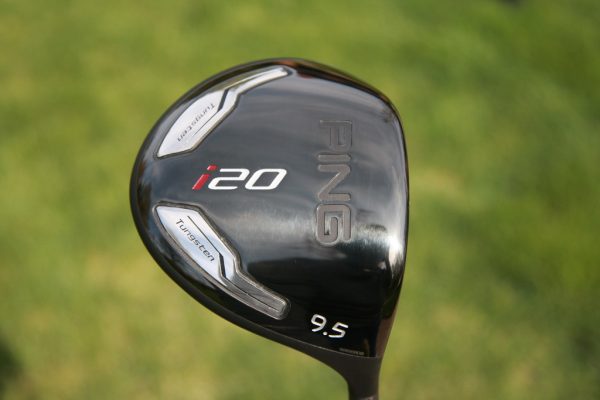
Long a quietly assertive player in the driver space, Ping’s i20 was more broadly appealing than the G20, despite being a lower-launch, lower-spin club. Ping drivers didn’t always have looks that golfer’s considered traditional or classic, but the i20 driver bucked that trend. Combining the classic look with Ping’s engineering created a driver that better players really gravitated toward. The i20 offered players lower launch and lower spin for more penetrating ball flight while the rear 20g tungsten weights kept the head stable. Sound and feel were great also, being one of the more muted driver sounds Ping had created up to that time.
Check out our coverage from 2012 here.

GolfWRXers, let us know in the comments who “your fighter” is and why!
- LIKE5
- LEGIT0
- WOW0
- LOL0
- IDHT0
- FLOP1
- OB0
- SHANK0
Equipment
Coolest thing for sale in the GolfWRX Classifieds (4/29/24): Krank Formula Fire driver with AutoFlex SF505 shaft
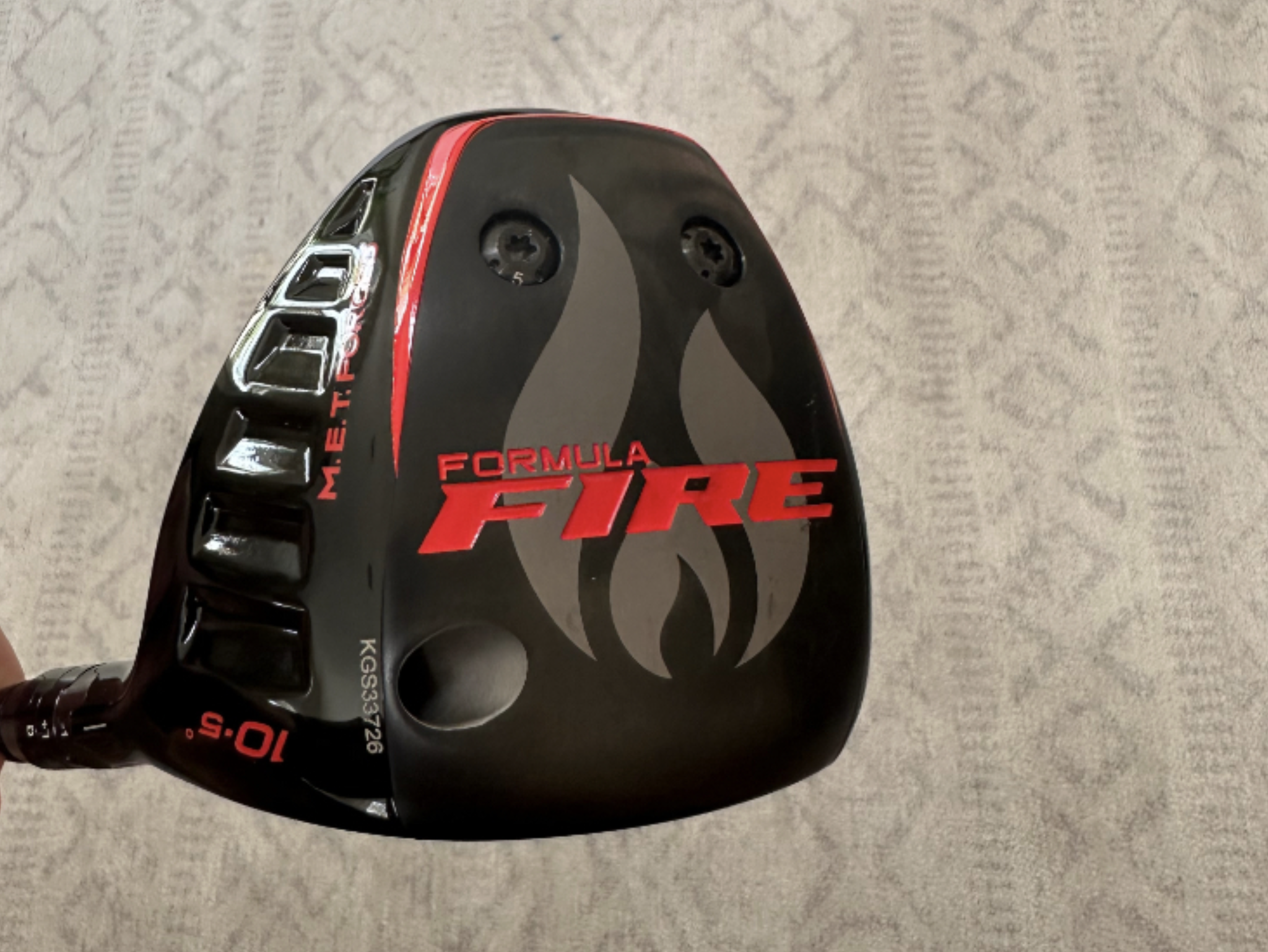
At GolfWRX, we are a community of like-minded individuals that all experience and express our enjoyment of the game in many ways.
It’s that sense of community that drives day-to-day interactions in the forums on topics that range from best driver to what marker you use to mark your ball. It even allows us to share another thing we all love – buying and selling equipment.
Currently, in our GolfWRX buy/sell/trade (BST) forum, there is a listing for a Krank Formula fire driver with AutoFlex SF505 shaft.
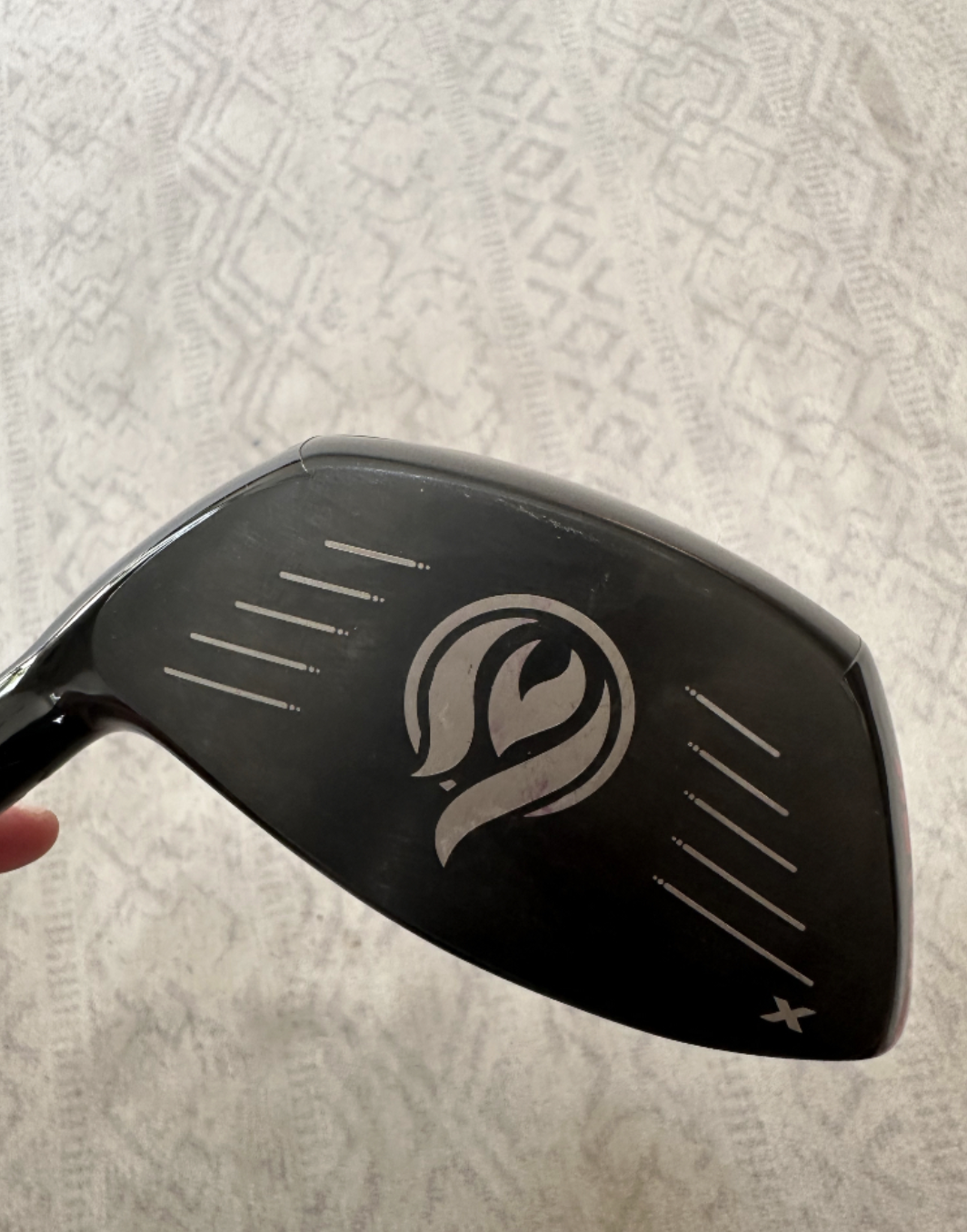
From the seller: (@well01): “Krank formula fire 10.5 degree with AUtoflex SF505. $560 shipped.”
To check out the full listing in our BST forum, head through the link: Krank Formula Fire driver with AutoFlex SF505 shaft
This is the most impressive current listing from the GolfWRX BST, and if you are curious about the rules to participate in the BST Forum you can check them out here: GolfWRX BST Rules
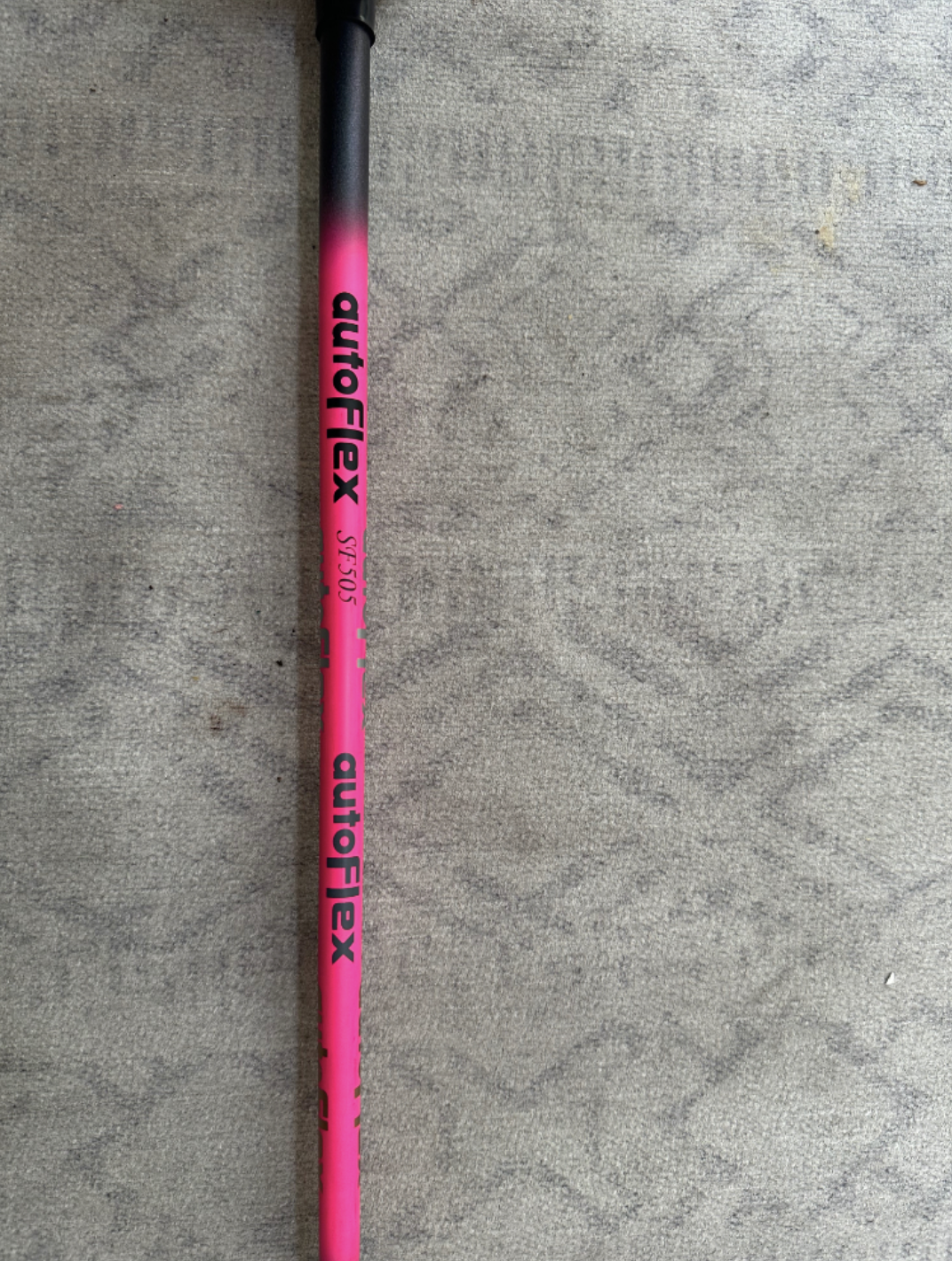
- LIKE7
- LEGIT1
- WOW0
- LOL0
- IDHT0
- FLOP0
- OB0
- SHANK0
-

 19th Hole3 weeks ago
19th Hole3 weeks agoDave Portnoy places monstrous outright bet for the 2024 Masters
-

 19th Hole1 week ago
19th Hole1 week agoJustin Thomas on the equipment choice of Scottie Scheffler that he thinks is ‘weird’
-

 19th Hole3 weeks ago
19th Hole3 weeks agoTiger Woods arrives at 2024 Masters equipped with a putter that may surprise you
-

 19th Hole1 week ago
19th Hole1 week ago‘Absolutely crazy’ – Major champ lays into Patrick Cantlay over his decision on final hole of RBC Heritage
-

 19th Hole2 weeks ago
19th Hole2 weeks agoTwo star names reportedly blanked Jon Rahm all week at the Masters
-

 19th Hole2 weeks ago
19th Hole2 weeks agoReport: LIV Golf identifies latest star name they hope to sign to breakaway tour
-

 19th Hole2 weeks ago
19th Hole2 weeks agoNeal Shipley presser ends in awkward fashion after reporter claims Tiger handed him note on 8th fairway
-

 19th Hole2 weeks ago
19th Hole2 weeks agoBrandel Chamblee has ‘no doubt’ who started the McIlroy/LIV rumor and why



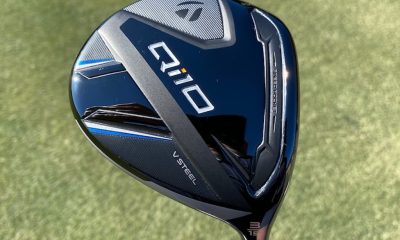

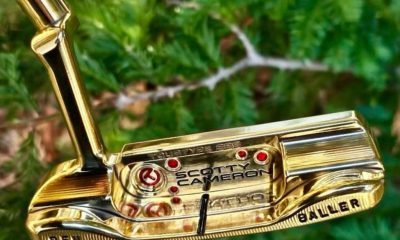

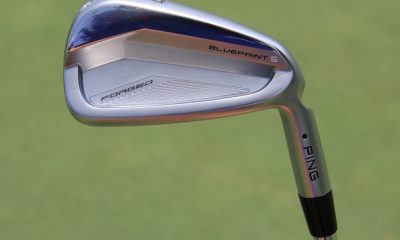



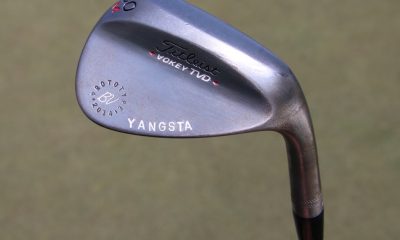

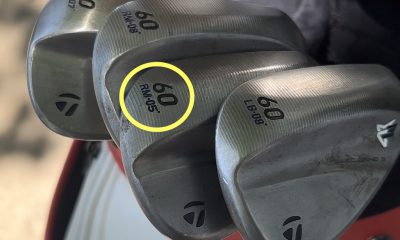














Lou Cesarek
Jul 17, 2017 at 8:21 pm
Mizuno MX 700 Woods used the same technology
At least 10 years ago.
New. ?
MrPoopoo
Jul 15, 2017 at 5:00 am
Looks like the Orlimar Trip-Metals are going to get a little boost in value on flea-bay.
SKip
Jul 11, 2017 at 5:19 pm
I have Orlimar Trimetals from the 90’s that have Maraging Steel faces. Nothing new here. A lot of JDM clubs have been using maraging steel even way before that.
Dweebly
Jul 11, 2017 at 12:47 pm
Everyone knows that’s all the fantastic new materials are just big standard run of the mill stuff don’t they? My favourite is still the gss Scotty Cameron. How he got people to pay over the odds for bargain basement stainless is marketing genius!
Dave R
Jul 10, 2017 at 11:41 pm
Good looking clubs . Good for ping finally.
I
Jul 10, 2017 at 11:56 am
The photos shows the 9 wood with 23.5, not 25?????
Duke Nookem
Jul 10, 2017 at 9:29 am
Ping continues to make great improvements to its lineup. It lacks the over the top marketing like the other big companies but it’s not needed here. Product speaks for itself. Rumor has it there is an even lighter alloy in the works. 5-10% thinner….